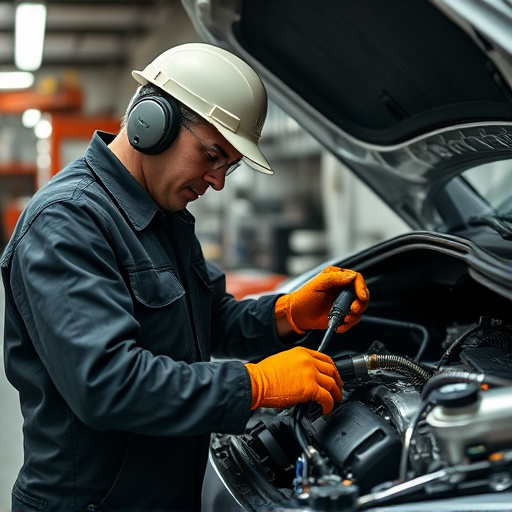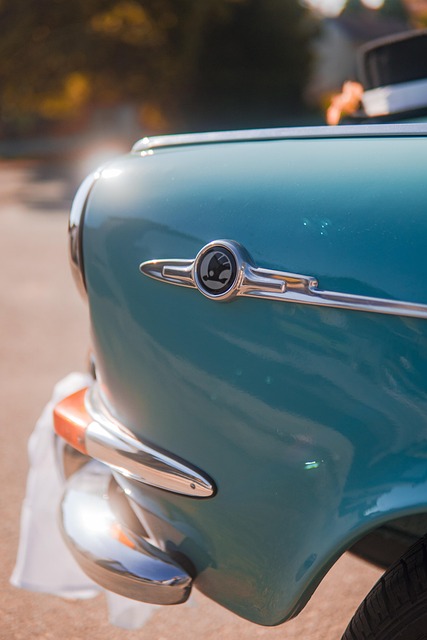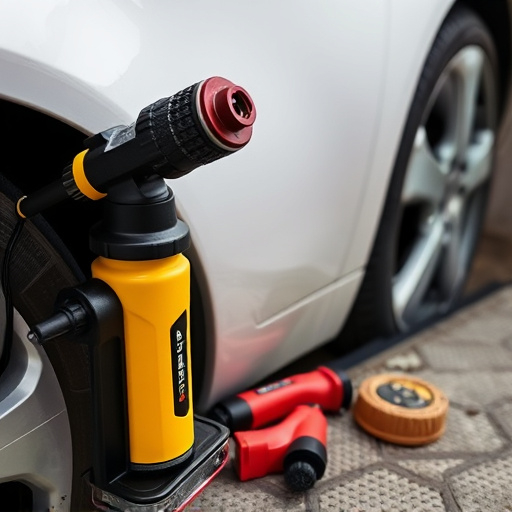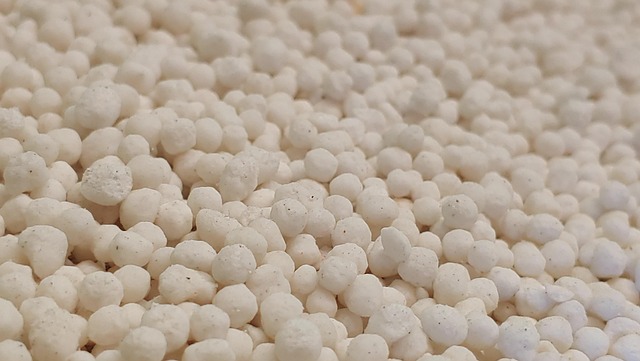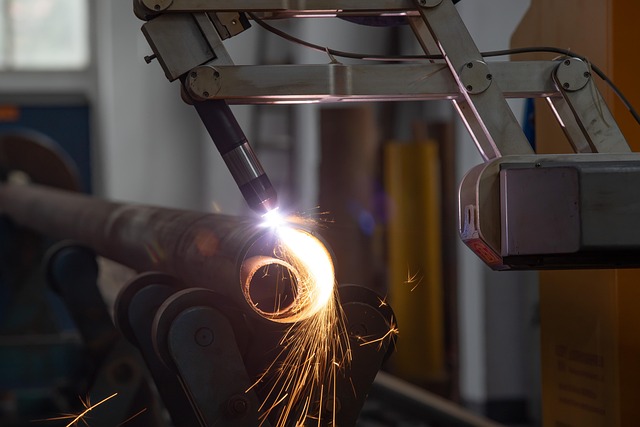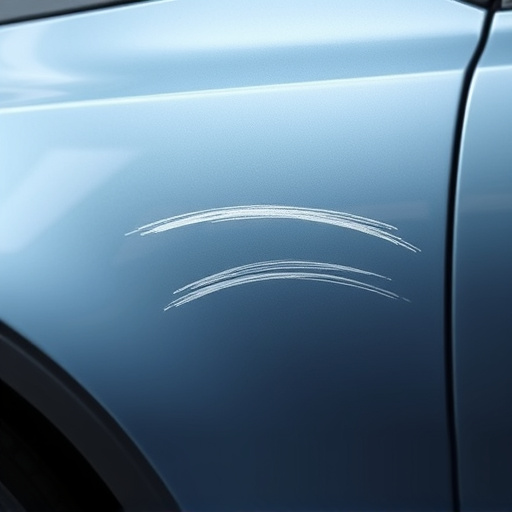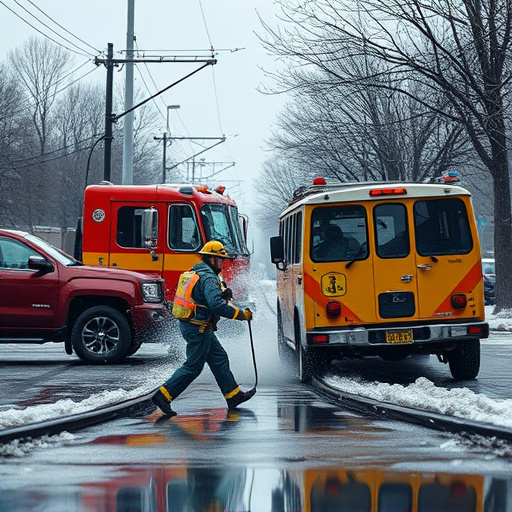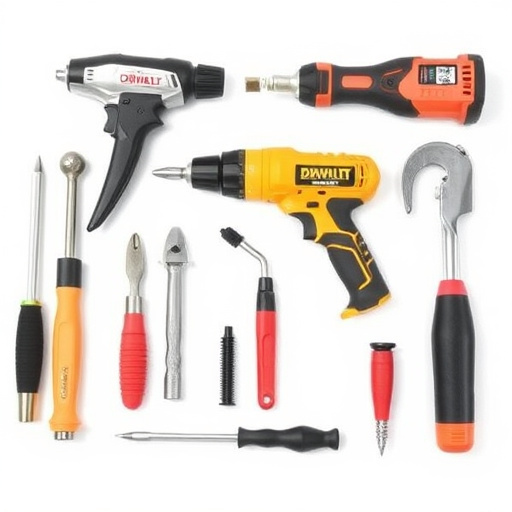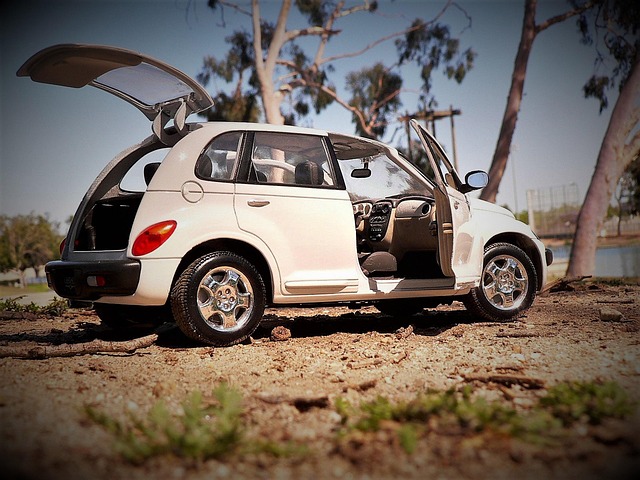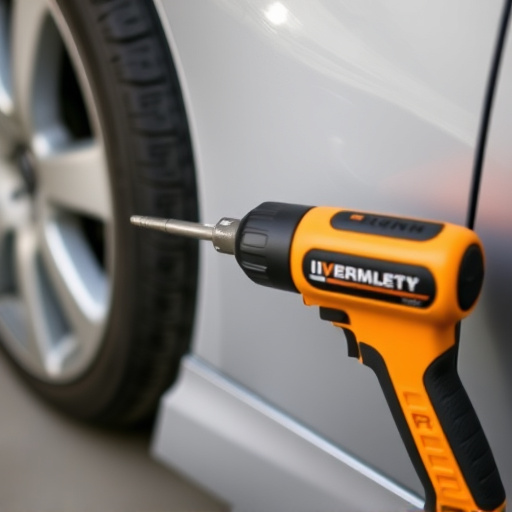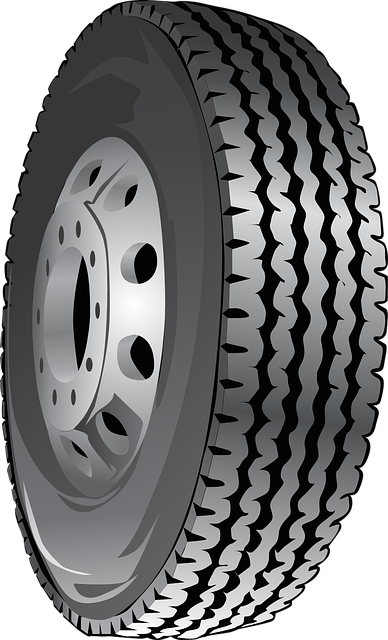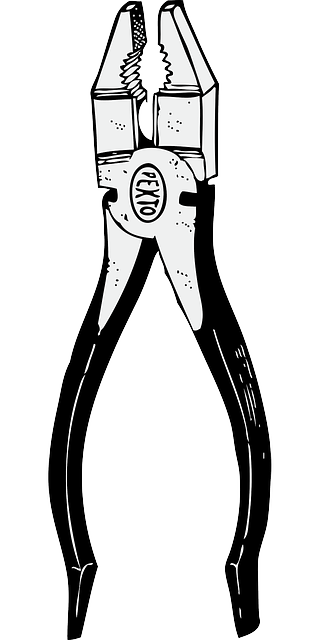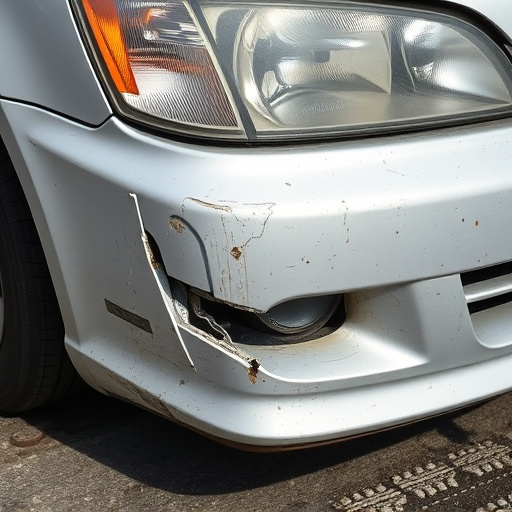Lightning strike auto repair involves assessing both visible and invisible damage, from cosmetic issues like scorch marks to structural problems and electrical arc impacts. The meticulous process includes scratch repair, exterior finish restoration, and addressing structural weaknesses with certified parts, adhering to industry standards for safety and quality control. Isolation and grounding of electrical components pre-restoration are crucial to prevent further harm.
A lightning strike can cause significant damage to a vehicle, from structural integrity issues to electrical system failures. This comprehensive checklist guides you through every step of assessing and restoring your car after a lightning strike. From understanding the unique challenges of such repairs to ensuring safety and quality in the auto body restoration process, this resource is your go-to guide for effective lightning strike auto repair.
- Assessing Lightning Strike Damage to Vehicles
- Essential Steps in Auto Body Restoration Process
- Ensuring Safety and Quality in Repair Work
Assessing Lightning Strike Damage to Vehicles
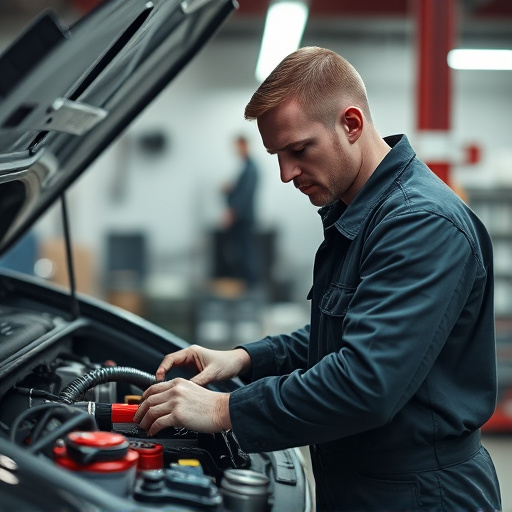
After a lightning strike, vehicles can sustain significant damage that may not be immediately apparent. Assessing this damage is crucial for effective lightning strike auto repair. The initial inspection should focus on both cosmetic and structural issues. Look for visible signs like scorch marks, melted plastic, burnt rubber, and broken glass. These indications point to direct electrical contact or proximity to the strike. Furthermore, check for dents, scratches, and paint imperfections that might have resulted from the intense energy release.
While some car damage repair techniques like scratch repair and paintless dent repair can address lighter marks, more severe cases may require comprehensive repainting or even structural replacement. It’s essential to thoroughly document all observed damage before initiating any lightning strike auto repair process. This step ensures that every aspect of the vehicle is considered during the restoration, guaranteeing a complete recovery from the impact of such a powerful natural event.
Essential Steps in Auto Body Restoration Process
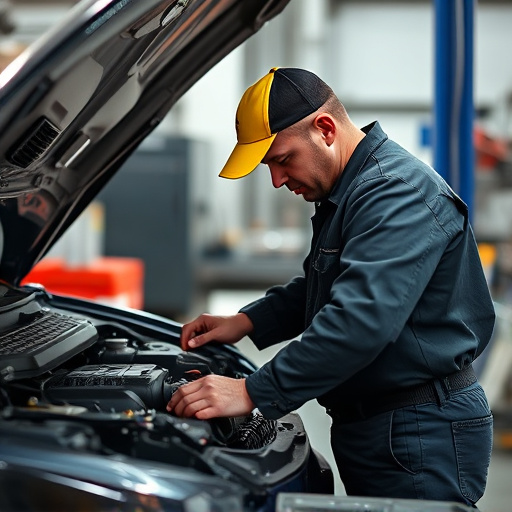
The auto body restoration process after a lightning strike is a meticulous and crucial step in ensuring the vehicle’s safety and structural integrity. It begins with a thorough inspection to assess the damage caused by the lightning bolt, which can vary from visible exterior scars to internal components affected by electrical arcs. This initial evaluation guides the essential steps that follow, including car body repair, auto glass repair, and replacement of any compromised parts.
The core aspects involve meticulous paintless dent repair to fix storm-induced dents and dings, careful restoration of the vehicle’s exterior finish, and addressing any structural weaknesses discovered during the inspection. Auto body services also encompass the delicate task of repairing or replacing components affected by electrical surges, such as wiring harnesses and sensors. Throughout this process, specialists employ advanced techniques and high-quality materials to ensure that the restored vehicle not only looks like new but also functions optimally, providing peace of mind for owners who have experienced a lightning strike auto repair.
Ensuring Safety and Quality in Repair Work
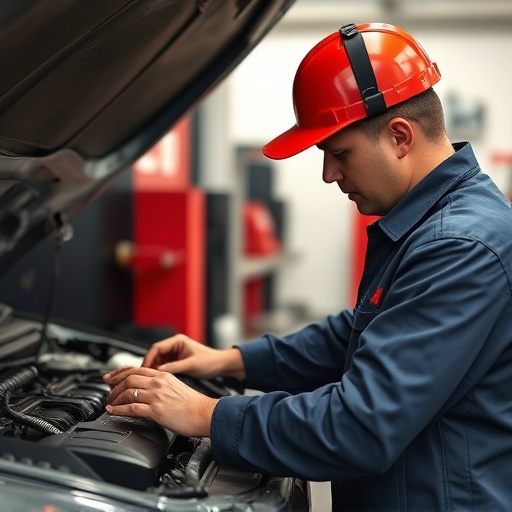
After a lightning strike, auto repair work becomes a delicate process that requires meticulous attention to detail and a commitment to safety. Before beginning any restoration, ensure all electrical components are safely isolated and grounded to prevent further damage or hazard. The safety of both technicians and future drivers is paramount; use only certified parts and adhere strictly to industry standards for lightning strike auto repair.
Quality control is another critical aspect. Comprehensive inspection of the vehicle dent repair and autobody repairs should be conducted to identify and rectify any hidden damage. Car restoration techniques must be employed with precision, matching factory specifications precisely to ensure the vehicle’s structural integrity and aesthetic appeal are fully restored. Prioritizing safety and quality guarantees a job well done and cultivates trust among clients facing the challenges of lightning strike auto repair.
After assessing damage from a lightning strike, the key to successful auto restoration lies in a meticulous process. This includes identifying hidden internal impacts, ensuring structural integrity, and adhering to safety standards throughout. By following essential steps, from inspection to quality control, you can restore your vehicle to its pre-strike condition, prioritizing both safety and top-notch craftsmanship in every stage of the lightning strike auto repair process.

